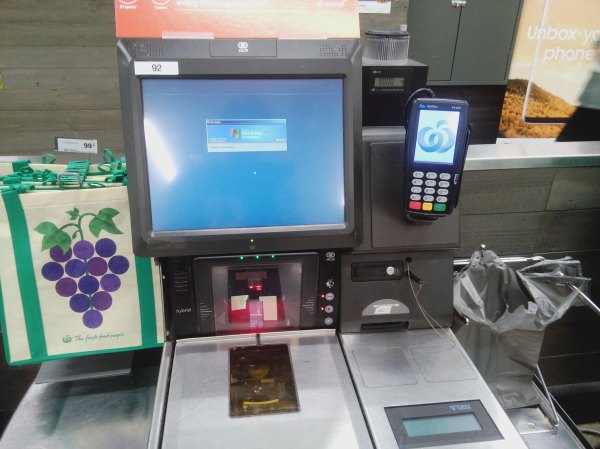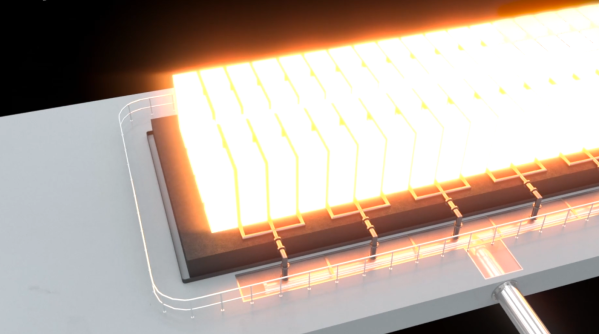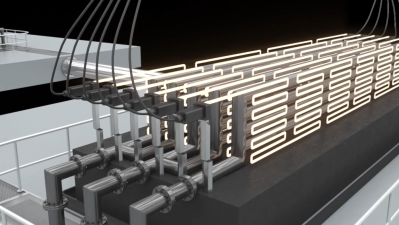Most people who read Hackaday have positive feelings about automation. (Notice we said most.) How many times have you been behind someone in a grocery store line waiting for them to find a coupon, or a cashier who can’t make change without reading the screen and thought: “There has to be a better way.” The last few years have seen that better way, but now, companies are deciding the grass isn’t greener after all. The BBC reports that self-checkouts have been a “spectacular failure.” That led us to wonder why that should be true.
As a concept, everyone loves it. Stores can hire fewer cashiers. Customers, generally, like having every line open and having a speedy exit from the store. The problem is, it hasn’t really panned out that way. Self-checkout stations frequently need maintenance, often because it can’t figure out that you put something in the bag. Even when they work flawlessly, a customer might have an issue or not understand what to do. Maybe you’ve scanned something twice and need one of them backed off. Then, there are the age-restricted products that require verification. So now you have to hire a crew of not-cashiers to work at the automated not-register. Sure, you can have one person cover many registers, but when one machine is out of change, another won’t print a receipt, and two people are waiting for you to verify their beer purchase, you are back to waiting. Next thing you know, there’s a line.
Continue reading “Ask Hackaday: Why Are Self-Checkouts Failing?”


















